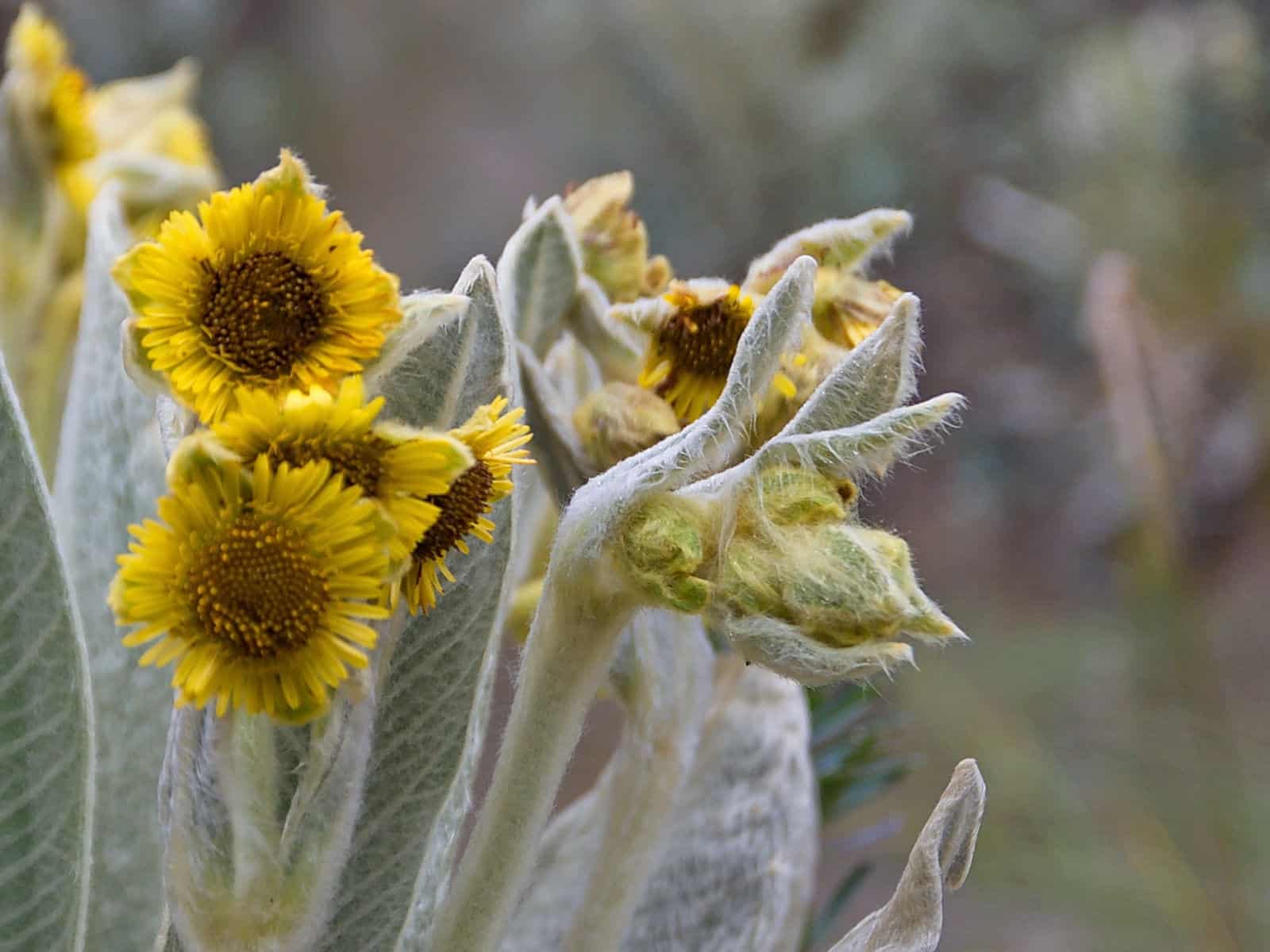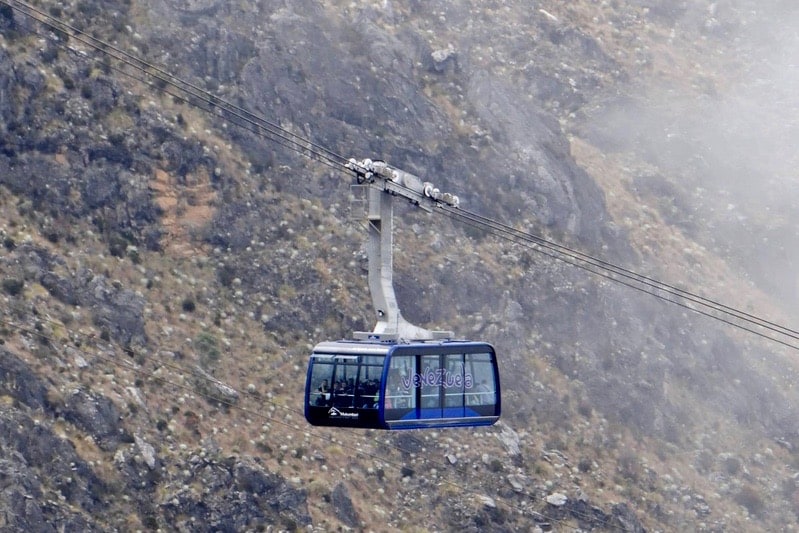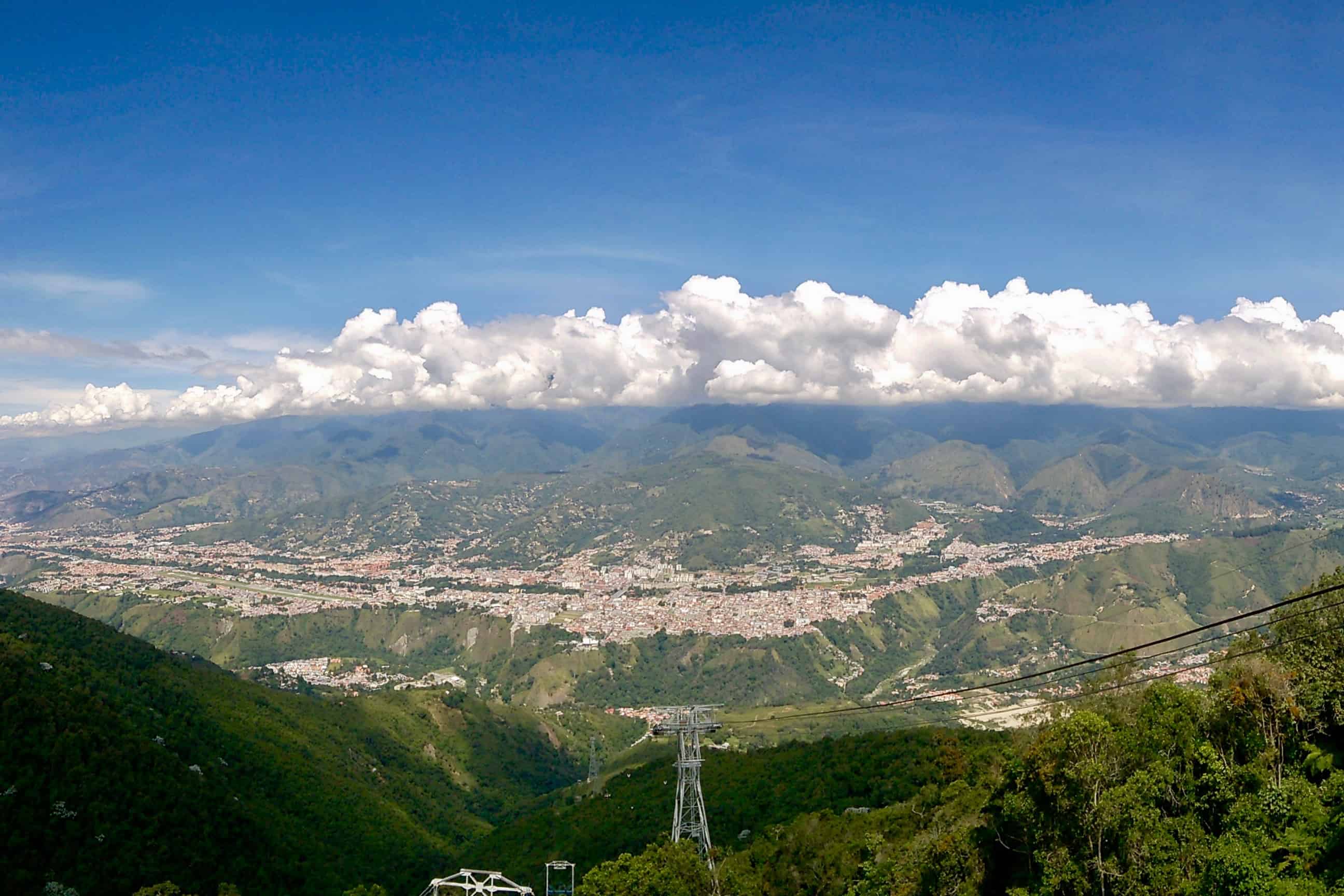VENEZUELA
Cable Car in the Clouds
By Luisa Aviles
Grand Prairie, TX, United States
When I was 15, I made the most beautiful trip into the Sierra Nevada mountains of Venezuela. To get to the summit overlooking the town of Mérida, my family and I took a cable car. It is named Mukumbarí, which comes from Indigenous words meaning “the place where the sun sleeps.” It holds the world record for the highest cable car with an altitude of 4,765 meters (m). As a 12.5 kilometer ride, it ranks second in the world for length.
If you go on this journey, you’ll travel in one of eight cabins, each with room for 60 passengers. During the hour-long trip from the base to the summit, you’ll pass through five different waystations.
The Journey Begins
The entrance to the teleferico (“cable car”) is at the Barinitas station. Everything here is very modern with shops, a cafeteria and other amenities. It is located at an elevation of 1,577 m.
The next station, La Montaña (“the Mountain”), is located at 2,422 m. It gets its name from the strange mountain across the valley that is shaped like an enormous human profile. The locals call it el Gigante Dormido (“the Sleeping Giant”). From this height, the view of the entire city of Mérida is just breathtaking.
The next stations are La Aguada (3,452 m), Loma Redonda (4,045 m), and the final station is the spectacular Pico Espejo, located at 4,765 m. This last section is amazing because you can see all the high peaks of the Sierra Nevada, as well as two lagoons nestled among them.
Mountain Flowers
By this point, the ecosystem has changed entirely due to the elevation you’ve reached. Trees can no longer survive. Vegetation vanishes to almost nothing.
 But a rare plant known as the frailejón has evolved to withstand its chilly, rocky surroundings. This unusual species looks like someone stuck a yellow daisy on top of a spindly cactus. It has light green, fuzzy leaves that feel like wool. Each single plant can have as many as 40 flowers. On our trip, we were able to count about 200 frailejones, all blooming!
But a rare plant known as the frailejón has evolved to withstand its chilly, rocky surroundings. This unusual species looks like someone stuck a yellow daisy on top of a spindly cactus. It has light green, fuzzy leaves that feel like wool. Each single plant can have as many as 40 flowers. On our trip, we were able to count about 200 frailejones, all blooming!
Summit Scenery
As you finish your ascent into the clouds, two statues will greet you at the final station. One carved out of white marble is called the Virgen de las nieves (“Virgin of the Snow”) because, you guessed it, there’s often snow on the ground at this altitude. The other statue is of Francisco de Miranda, a native Venezuelan who fought for independence of the Spanish American colonies over two hundred years ago.
On a clear day, from Pico Espejo you can see in the distance Pico Bolívar, the highest peak in Venezuela, located at 4,978 m. Even though it looks close, to get there you would need special climbing equipment and several hours. You can also see Pico Bonpland at 4,863 m, Pico Humboldt at 4,916 m, and Pico La Concha at 4,895 m.
This is an unforgettable trip that you should take at some point in your life. You will always remember its astonishing beauty.
Have a suggestion for this story? We’d love for you to submit it!


Blank
Blank
Slideshow
Math Resources
- How many yards are 12.5 kilometers? How about miles?
- What is the difference between the altitude of Pico Bonpland and Pico Humboldt?
- If each cabin of the cable car can carry 60 people, how many people can eight cabins carry?
- If I saw about 200 frailejones plants, each with 40 flowers, how many flowers did I see in total?
Social Justice Question
Since the collapse of the oil market, Venezuela has fallen on hard economic times. Its government has been criticized for spending money rebuilding the Mukumbarí cable car when the country’s poor are unable to find food. Officials argue that the increase in tourism will benefit the entire country’s financial status. What do you think?
Explore Further
- More information about the cable car
- The cable car’s 2016 reopening
- Brief video of the climb
Share Your Story
Write your own Global Math Story and send it to us!
Sorry, the comment form is closed at this time.